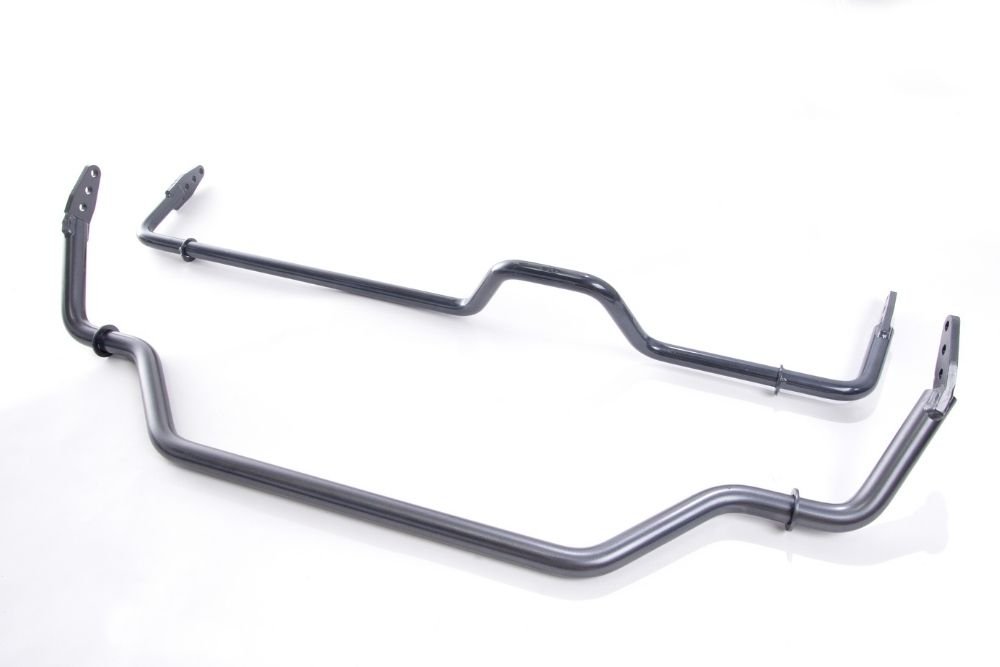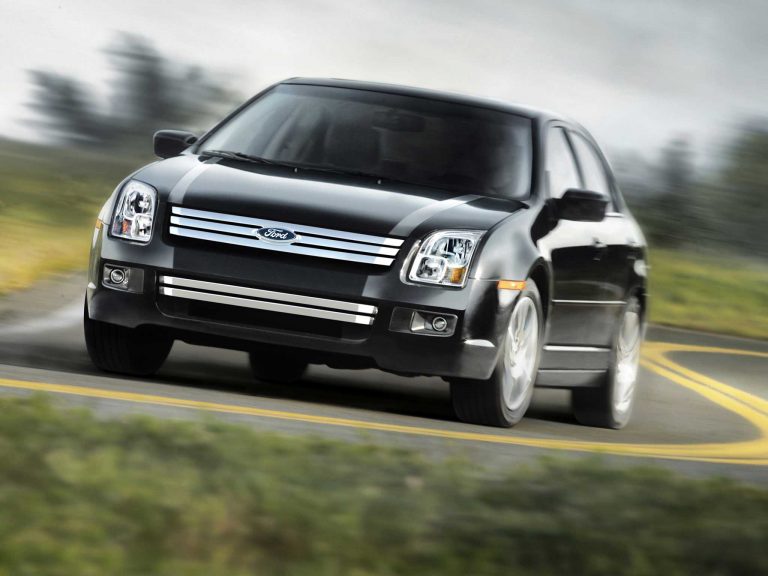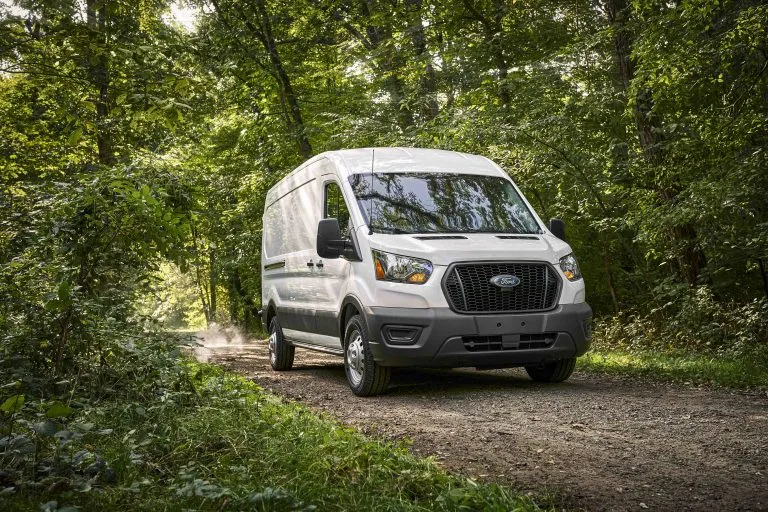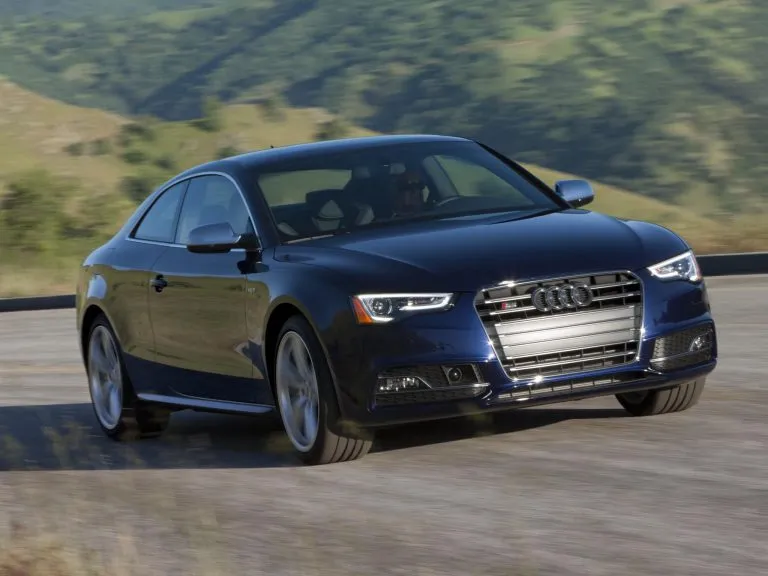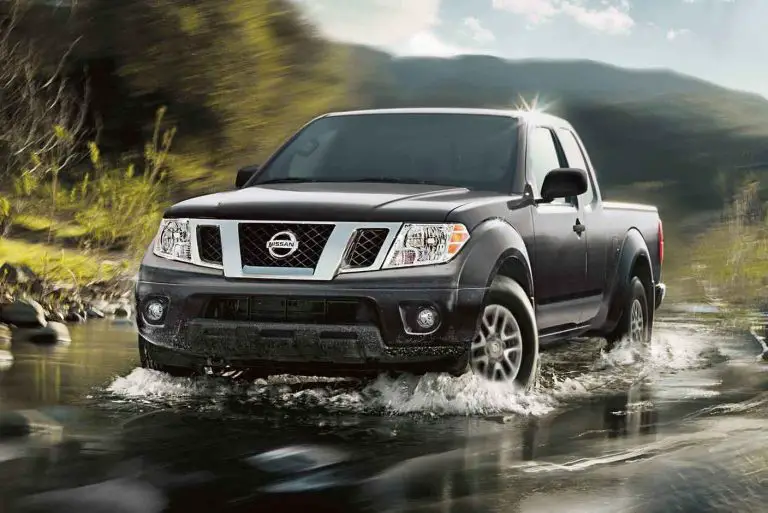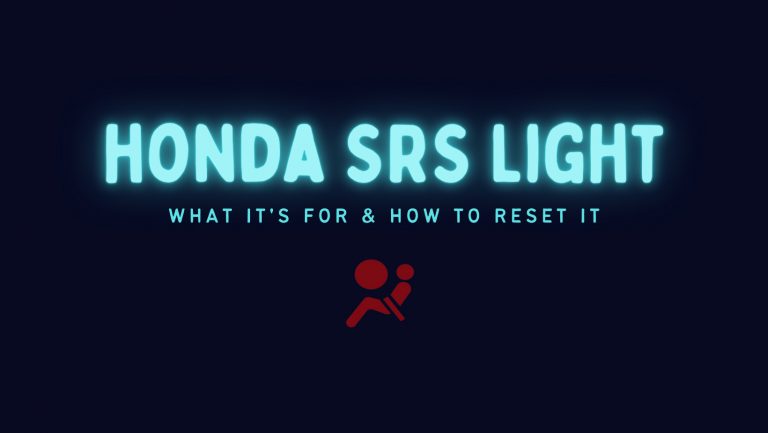What Does the Sway Bar Do? (Answered)
The sway bar in a car is vital to the safety of the vehicle as it prevents tipping and rolling when going around a corner at speed. It can also improve the performance of a car by providing more structural rigidity to a car, therefore making it handle better when cornering. But what exactly does it do and how does it work?
What Does the Sway Bar Do?
A sway bar helps stop the vehicle from producing excessive body roll, making turning safer as the car remains more stable by ensuring the wheels on side of the car the way its turning stay in full contact with the road. Essentially, the outside suspension of the car will compress and the inside suspension will stand up. This is important for all cars from SUVs to sports cars to ensure optimal performance.
What the sway bar essentially does, is it distributes the weight across the car from the left wheel to the right wheel, depending on the way in which the car is turning. This is achieved by the sway bar being connected connected to the left and right control arms. The best way to think of a sway bar is suspension that opposes any twisting on the chassis when cornering. The level of which the sway bar opposes this, depends entirely on how strong/thick the sway bar is. This is usually referred to as stiffness.
The overall the aim is to improve the torsional rigidity of the car to reduce body roll. To put things into perspective, if you’re just driving normally down a straight road, the sway bar isn’t going to be very active, the main suspension component providing grip and comfort here is just the springs and dampers. The sway bar only really comes into play when cornering.
A sway bar responds to the twisting movement of the wheels and counteracts this compression to keep all the wheels level and flat on the road. This means your vehicle is easier to handle as turning will become more balanced and direct.
Sway Bar Benefits
Leaning is very common in all sorts of cars, not just sports cars. Tall vehicles are particularly susceptible to body roll and can benefit greatly from an upgraded sway bar. Obviously if there’s too much body roll it can make driving difficult or, at worse, dangerous.
Most cars these days will come with some sort of sway bar to improve handling and safety of the car to a basic level. There’s a lot of aftermarket companies out there today that provide improved solutions for the majority of cars. These improved sway bars will usually be a strengthened sway bar, which will give your car better handling in higher speed corners, reducing the chance of losing control.
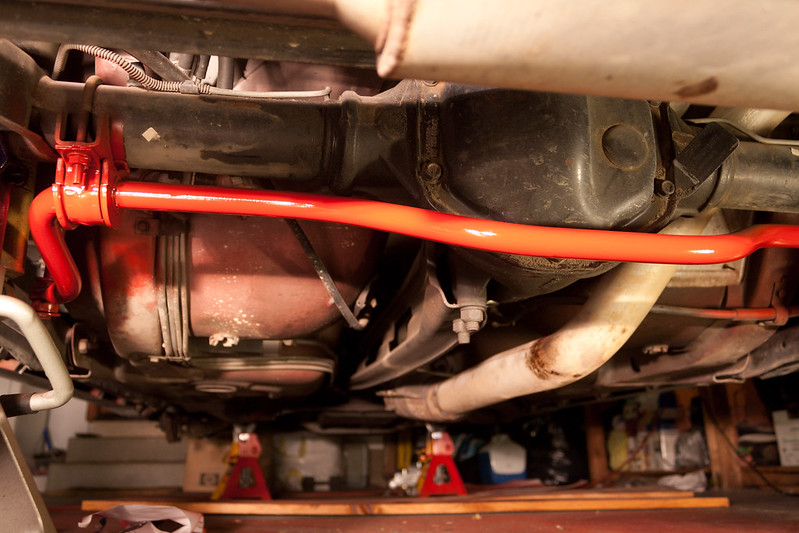
In a performance oriented car, an upgraded sway bar will provide a lot of benefit when cornering and handling overall. An aftermarket sway bar will help to balance the car overall and provide a more nimble and direct response to steering input. There’s also the option to install an adjustable sway bar, this will let you fine tune the handling characteristics of your car to your specific driving style or just an overall better setup for the car.
It can help reduce/increase oversteer or understeer according to what aspect needs to be optimized. This is basically done by connecting the end links at either side of the car to one of the different holes at the end of the sway bar, there’s usually 2 or more options, ranging from a soft to harder setup.
In more advanced and modern cars, there can sometimes be the option to adjust these settings on the fly from the inside of the car. This can commonly be seen on race cars.
In conclusion
Now we’ve comprehensively answered the question, ‘What does the sway bar do’, you can clearly understand why, sway bars are a must have for all vehicles. They improve the torsional rigidity of a car and help the car perform better in corners. This doesn’t just apply to performance cars but anything on the road. The extra grip, balance and control that a sway bar provides means that driving you car will be safer. So, if you are thinking to upgrade your sway bar to an aftermarket one, it’s probably the best bang of buck modification you can do.
FAQs
What is a sway bar?
The sway bar, or anti-roll bar, does exactly that – it prevents the vehicle from rolling when it goes around tight corners or bends at high speeds.
It can also help vehicles travel over bumpy roads with less difficulty and make turning easier by mitigating any lean from the body of the vehicle as it moves around the bend. Overall it provides better grip and a more balanced driving experience.
How does a sway bar work?
A sway bar works by connecting wheels that are opposite each other together from the end links at each wheel. A front sway bar will connect the front wheels and a rear sway bar will connect the rear. The sway bar will provide extra stiffness across the body of the car, therefore reducing the amount of body roll experienced whilst cornering, consequently increasing grip and handling.
The stiffer the sway bar is, the less the body roll. Sway bars can also be used to influence the amount of over/understeer the car experiences and can be customized if the sway bar is adjustable.
Do I need a sway bar?
A sway bar is by no means essential for vehicles but it does add safety by improving car grip on the road. Steering around corners is also easier with a sway bar, and the benefits of having a sway bar far out weigh the negatives and to be honest, there’s no negatives apart from a small cost as they’re usually fairly cheap.
For larger vehicles such as RVs, motor coaches, and large SUVs, a sway bar is non-negotiable. This is because these vehicles are so prone to leaning/body roll when going around tight corners that they are wholly unsafe without a good sway bar installed.
Do cars come with sway bars?
Most cars will have some sort of sway bar, it will only usually be very old cars that don’t have one installed from factory. The majority of newer cars have a sway bar on both the front and rear suspensions to make turning easier.
All RVs and motor coaches of any age will have sway bars installed as these vehicles are taller and more prone to dangerous leaning when turning.
Can you drive a car without a sway bar?
You can drive a car without a sway bar, there’s no question about that, but you won’t be experiencing the optimal handling the car is capable of without one. Cars without sway bars will surely experience more body roll than those without, hence making driving without a sway bar a bit more unpredictable and difficult.
Keep in mind, tight corners will be more difficult to navigate and the steering generally will be a little bit more challenging.
Can you drive if the sway bar is broken?
If you are aware that your sway bar is broken, you can still drive but you must exercise caution. The car’s steering will feel different and may be more difficult to control. The ‘loose’ feel of driving around corners will take some getting used to and requires more effort.
It is therefore a good idea to avoid driving at high speeds as you are significantly more likely to lose control of the vehicle as you’re more adapted to driving with the sway bar in full working condition.
How do I know if my sway bar is broken?
If you notice that your car is not handling corners as well as it used to, your sway bar may be broken. Noticing that the vehicle leans significantly in corners compared to before is the primary indicator to look out for. Odd squeaks or clunking sounds are also good indications that your sway bar is broken and needs to be fixed or replaced.
How much does it cost to replace a sway bar?
A new sway bar will cost around $60 to fit and the part will cost anything from $125 to over $250. This of course can scale up quite a bit if your car is more high end, like a Porsche or Maserati.
The overall cost will depend on your state, as well as the size of the vehicle and the condition of the old sway bar.
Supporting Videos
Below are some supporting videos that further elaborate on what we’ve mentioned in this article. The first video explains how sway bars work in general.
In the second video, they go further into depth and actually analyze an application of an upgraded sway bar to a Mazda Miata.

